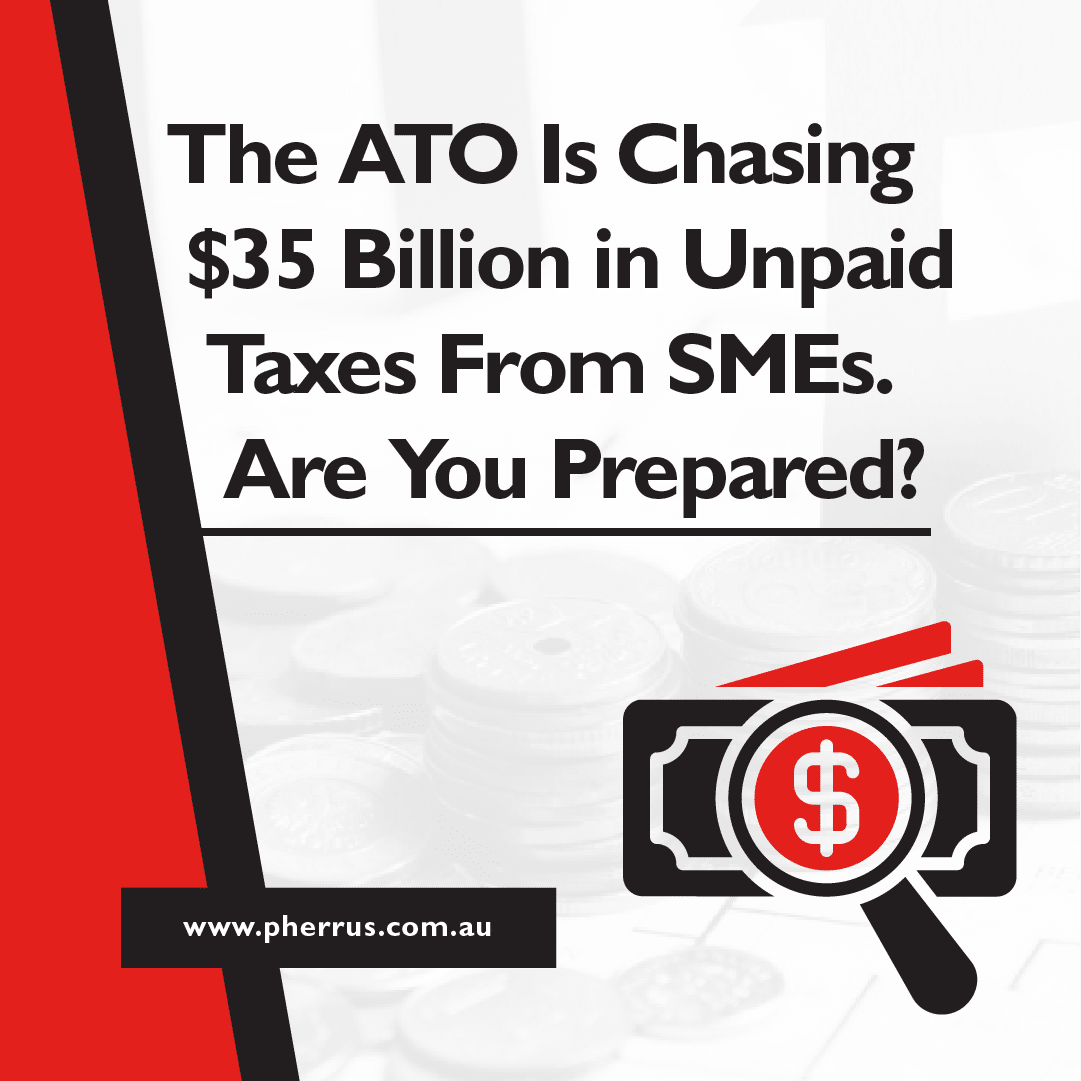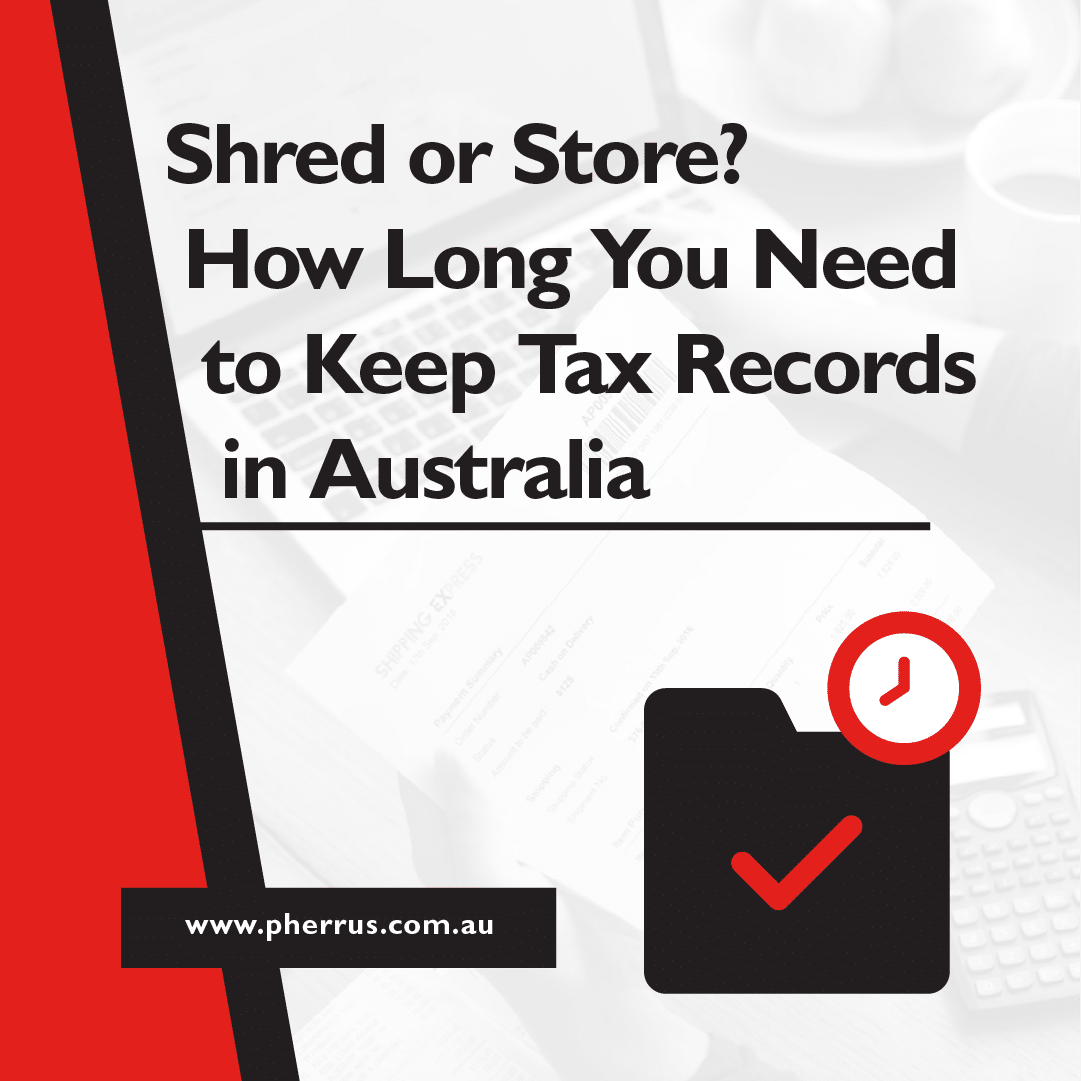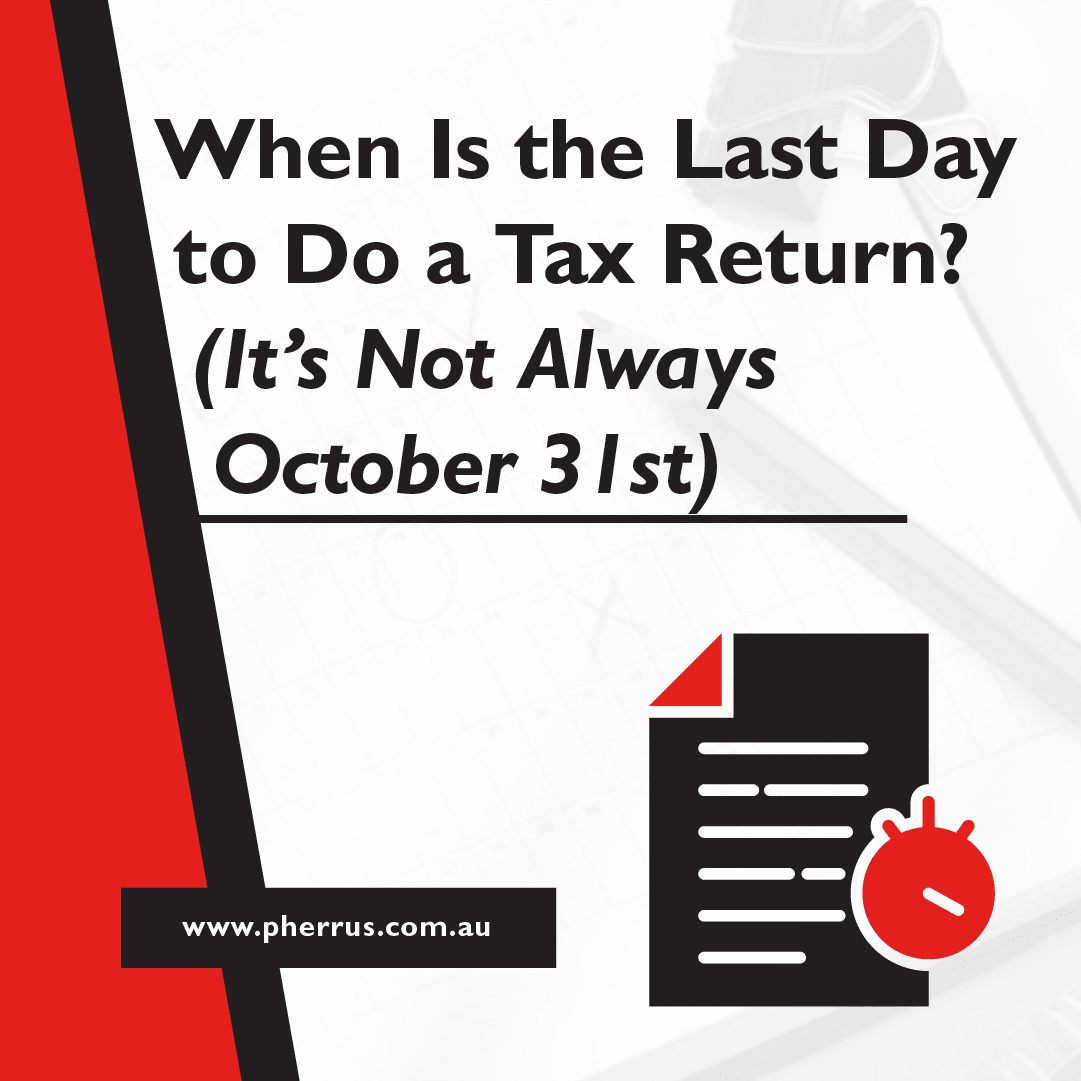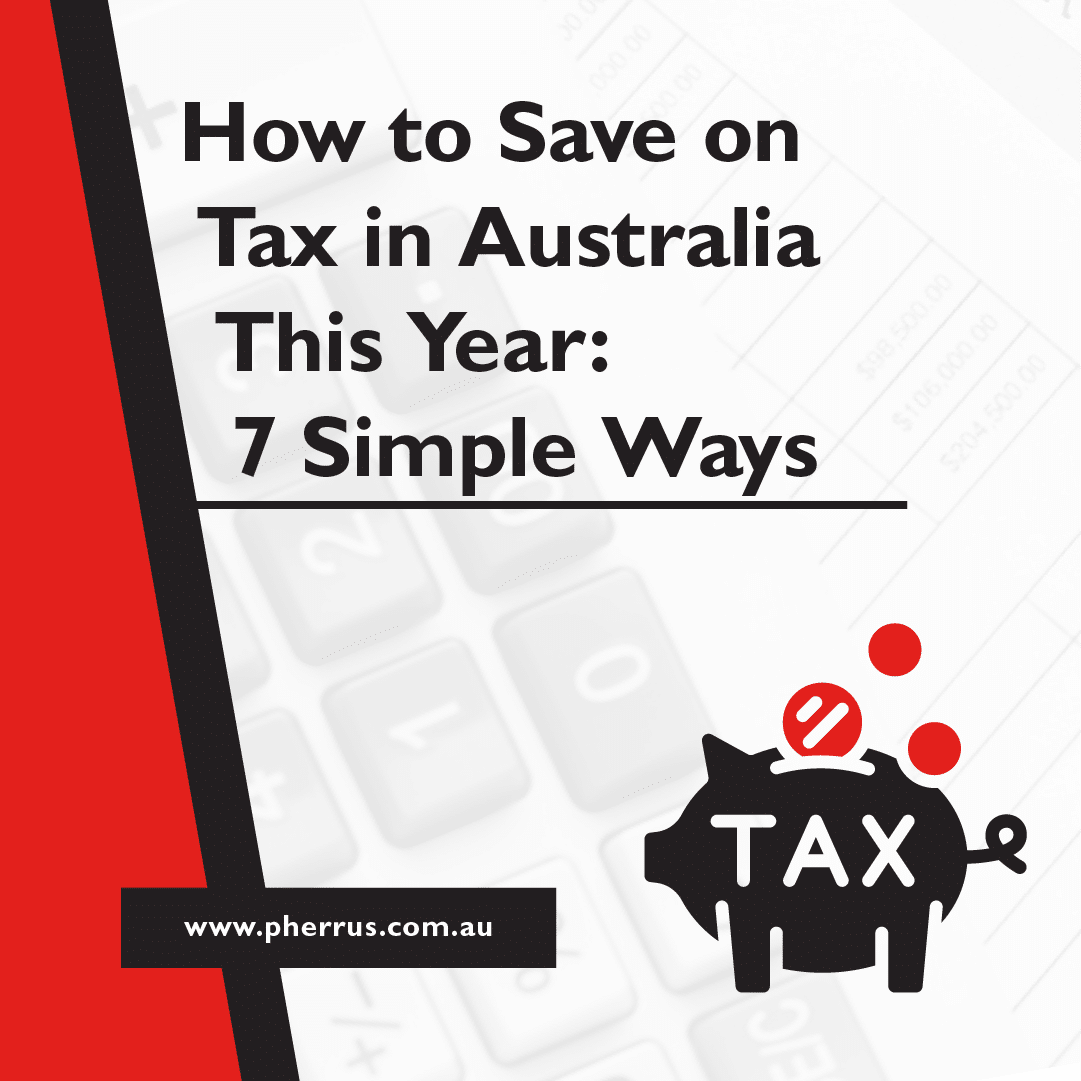According to the ATO’s Commissioner of Taxation 2023-24 Annual Report, Australia’s collectable tax debt totalled $52.8 billion by June 30, 2024.
It’s estimated that as much as $35 billion of that debt is owed by small and medium-sized enterprises (SMEs).
Are you one of them?
From July 1, 2025, the ATO is stepping up its efforts to reclaim outstanding tax debts from business owners, with debts getting more expensive and harder to ignore.
It’s easy to start panicking, but we’re here to help!
This guide will walk you through the ATO’s new approach, repayment options, how tax debt loans work and whether they’re worth considering, and simple, proactive steps you can take now.
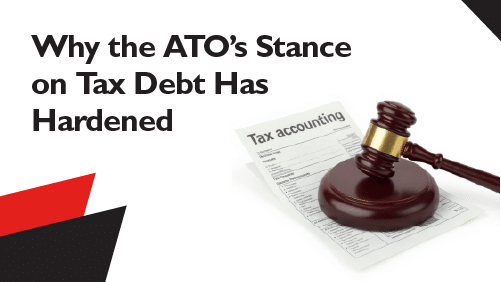
Why the ATO’s Stance on Tax Debt Has Hardened
On February 26, 2025, Commissioner Rob Heferen told the Senate Economics Legislation Committee, “Collecting what’s owed is our job.
We’re also making it fairer by protecting good businesses from those in the system who don’t meet their obligations.
We are doing our best to ensure a level playing field.”
Basically, the ATO wants to stop businesses that aren’t paying their taxes from gaining an unfair advantage over those who are doing the right thing.
And from July 1, 2025, the cost of falling behind will rise.
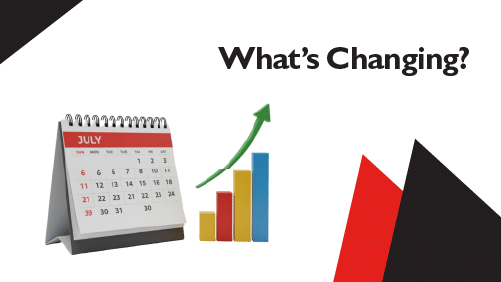
What’s Changing?
The ATO applies a General Interest Charge (GIC) if a tax amount or other liability remains unpaid after the due date.
These rates are ever changing and the interest adds up every day the debt isn’t paid.
Until now, this interest could be claimed as a tax deduction.
But from July 1, 2025, that’s changing.
Any GIC you incur from that date can no longer be claimed as a deduction, even if the tax debt relates to a previous financial year.
That means carrying a tax debt into the new financial year will cost you more than ever.
You can still claim ATO interest charges incurred before July 1, 2025, as a deduction in your 2024–25 tax return.
What About Tax Debt Payment Plans?
Even if you’re on a payment plan to repay your tax debt, the GIC on unpaid taxes will no longer be tax-deductible.
That interest rate now becomes a full out‑of‑pocket cost, making tax debt payment plans significantly more expensive than before.
For larger tax debts, the ATO now requires more documentation before considering a payment plan.
This includes two years of financial statements and projected cash-flow forecasts to show you can repay the debt.
The ATO is also tightening conditions around defaults, with missed payments triggering immediate repayment demands.
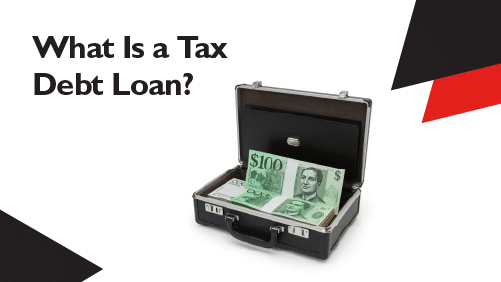
What Is a Tax Debt Loan?
A tax debt loan is a business loan designed to help you pay off money you owe the ATO.
If you get approved for such a loan, the private lender will pay the full debt amount directly to the ATO on your business’s behalf.
You will then repay the loan in instalments over time with interest.
Tax debt loans aren’t a magic fix; they still need to be repaid, and interest rates can be high depending on your business’s financial situation.
But for many business owners under pressure, they offer a practical way to take back control of an outstanding tax debt.
Why Use a Tax Debt Loan Instead of an ATO Payment Plan?
A tax debt loan
- Helps you avoid ATO penalties or legal action if you’re behind on payments.
- Gives you breathing room if the ATO won’t approve a payment plan.
- Can offer lower interest rates than the ATO’s GIC
- Lets you deal with a private lender instead of the ATO, which can be less stressful.
The Pros and Cons of a Tax Debt Loan
| Pros | Cons |
| Immediately stops the accrual of GIC and ATO collection actions | Adds another debt to your business finances |
| After July 1, 2025, the ATO’s GIC is not deductible. Interest paid on a business loan taken to pay tax debt, however, is generally tax-deductible | You’ll pay the loan’s commercial interest rate and possible establishment fees |
| May have a lower interest rate than the ATO’s GIC | Some lenders charge higher interest for tax debt loans |
| Can provide a more manageable and predictable repayment schedule than a potentially rigid ATO plan | Not all businesses will qualify; lenders may reject risky applications |
| Can help protect your business credit score by avoiding ATO defaults | Missed loan repayments could harm your business’s credit score |
| You deal with a lender instead of the ATO | Can be a band-aid solution if you don’t address the core cash flow problems that caused the debt |
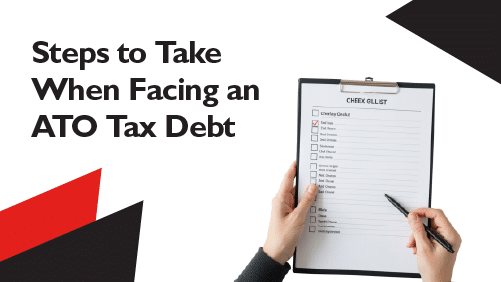
Steps to Take When Facing an ATO Tax Debt
- Communicate with the ATO ASAP. Early contact with the ATO, preferably through a registered tax agent, can make a big difference. An agent knows how to deal with the ATO, understands what documents are needed, and can often negotiate better terms.
- Make sure all lodgements are up to date. The ATO won’t discuss tax debt payment plans or other arrangements if you have outstanding BAS, tax returns, or other lodgements. File everything first, even if you can’t pay straight away.
- Get your finances in order. You’ll need accurate, up-to-date financial documents, including a profit and loss statement, balance sheet, and cash flow forecast, to show your ability to repay the debt.
- Identify what led to the tax debt. Was it poor cash flow, lack of planning, or something unexpected? Understanding this will help you avoid falling into the same position again.
- Seek professional advice. A tax consultant can provide invaluable tax debt assistance. They can negotiate with the ATO on your behalf, explain your options, and put forward a strong case for support.
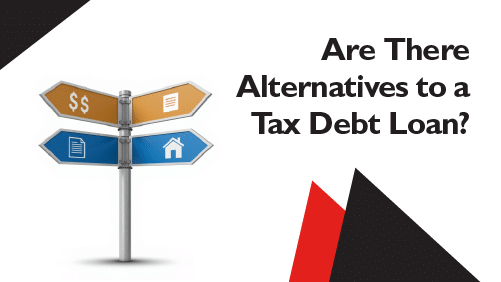
Are There Alternatives to a Tax Debt Loan?
At Pherrus Financial Services, we don’t recommend just one tax debt solution.
Every business is different, and the right approach depends on your cash flow, structure, and goals.
A tax debt loan can be helpful, but it’s not your only option. There are alternatives worth exploring.
- Negotiating an ATO Payment Plan: This should be your first consideration. While it has become harder, the ATO still offers tax debt payment plans if you can show you’re serious about repaying your tax debt. A strong, well-documented proposal with accurate financials, forecasts, and a realistic repayment timeline gives you the best shot at approval.
- Using Existing Business Finance: You may already have access to a business overdraft, credit card, or line of credit to pay your tax debt. But be cautious. Drawing on these options can eat into your working capital and limit flexibility if unexpected costs arise. Weigh the short-term relief against your longer-term cash flow needs.
- Asset Sale or Refinancing: Selling unused business or personal assets or refinancing property or equipment might free up the necessary funds. This can be risky, so speak to a financial professional before committing to a sale or refinance strategy.

Don’t Face the ATO Alone! Get Expert Help From Pherrus
When facing tax debt, you need a tax expert on your side to cut through the red tape, calm the chaos, and fight for the best way forward.
You need the professionals at Pherrus. We can
- Get all outstanding lodgements completed.
- Prepare the financial reports and forecasts the ATO demands for any payment arrangement.
- Analyse your options, from negotiating with the ATO to evaluating the financial impact of a tax debt loan.
If a tax debt loan is the right path, we can help get your business “loan-ready” and connect you with trusted finance professionals.
Most importantly, we can help you fix the underlying cash flow or business issues to keep you on track in the future.
Book your free consultation today by filling out our online form or calling (02) 9099 9109.
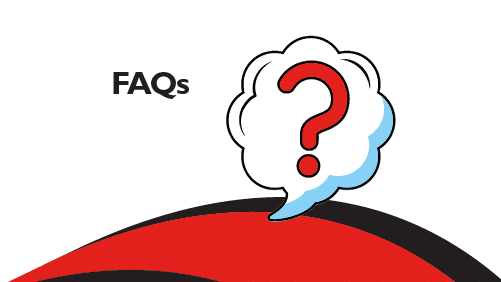
FAQ
Can I Borrow Money to Pay My Tax Debt?
You can borrow money to pay your tax debt, typically through a tax debt loan from a bank or specialist lender.
The lender provides funds to pay off your ATO debt upfront, and you repay the loan in instalments over time with interest.
Can You Negotiate a Tax Debt With the ATO?
You can negotiate a tax debt with the ATO through a payment plan.
You’ll need to be up to date with all lodgements, provide financial information, and show you can meet the proposed repayments.
Can a Tax Debt Be Written Off?
The ATO can permanently remove some or all of a tax debt through an official “release” process.
Such a release only applies to individual taxpayers, not companies.
Only certain types of tax debt are eligible, including income tax, PAYG instalments, fringe benefits tax (FBT), Medicare levy, withholding taxes on dividends, interest, or royalties, mining withholding tax, managed investment trust withholding tax, and some penalties and interest charges associated with these debts.
To qualify for a tax debt release, you must prove that paying the debt would cause serious hardship, meaning you couldn’t afford basic needs like food, shelter, clothing, or medical care.


